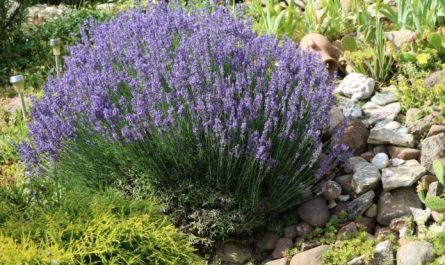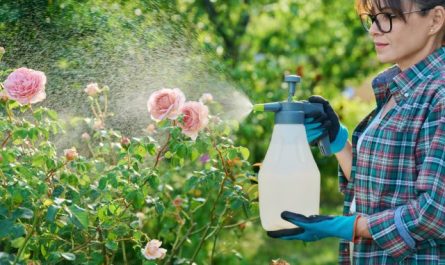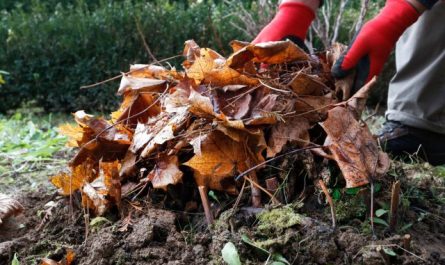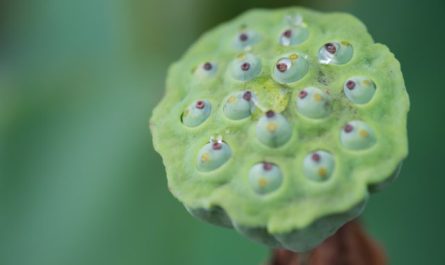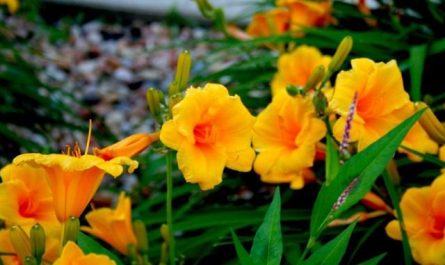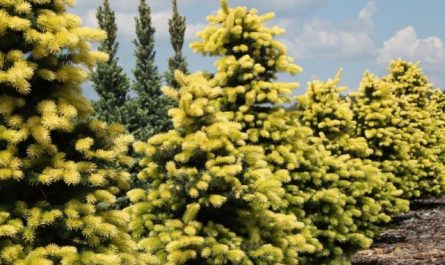Sage is a broad group of annual and perennial plants that can be found in almost any garden. Although most gardeners are familiar with annual salvias, with the advent of fashion for natural flower beds, perennial sage has become very popular. Most often, mixed borders use oak sage. But one day, walking through the meadow, I noticed a very decorative species – whorled sage, which not only looks very attractive, but is also a completely unpretentious plant.
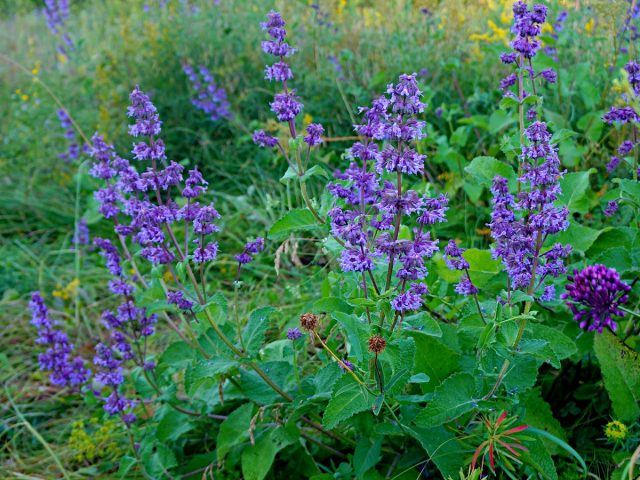
Salvia verticillata – botanical information
Sage Mulled (Salvia verticillata) is an erect perennial plant of the Lamiaceae family. It is usually 30 to 80 cm high. The stems are numerous. densely covered with hairs, usually unbranched, have reddish-purple shades. The inflorescences are racemose, simple or branched, uniting from 20 to 40 small, two-lipped, lilac-blue flowers in false whorls. It blooms throughout the summer (from June to September).
The flowers of the whorled sage are rich in nectar and very attractive to butterflies and bees, the plant is a good honey plant. The seeds ripen in August-September. The leaves are quite large, wide, pubescent on both sides, ovoid-triangular in shape. The leaf blade is 4-13 cm long and 3-10 cm wide, the edges of the leaf are serrated. The rhizome is brown, thin, spreads horizontally.
In the wild, the plant is found in Eastern, Northern and Southern Europe. It also grows in Turkey, Iran and Iraq. In Russia, whorled sage grows in the European part, in Western Siberia and the Caucasus. Its favorite habitat is the black earth zone, so it can often be found in the Central Black Earth Region.
Salvia verticillata loves dry, loose, and sandy soils. It inhabits dry meadows, embankments and dams, and forest edges. It is rare in the lowlands, but quite often settles in the mountains at an altitude of up to 1700 m above sea level.
The Latin name of the genus Salvia comes from the Latin word “salveo”, which means “to save” or “to heal”, due to the medicinal properties of some representatives of this genus. The species name “whorled” indicates the peculiarities of the arrangement of flowers in the inflorescence in the form of false whorls.
Garden form of whorled sage “Purple Rain” (‘Purple Rain’) is a compact plant that usually does not exceed 60 cm in height. It blooms with exquisite curls of small pink-purple two-lipped flowers, which are crowned by long, loose and slightly curved stems. This sage differs from the species by its more abundant and long flowering and noticeably wavy heart-shaped leaves, which look very attractive. The habit of this sage is slightly drooping.
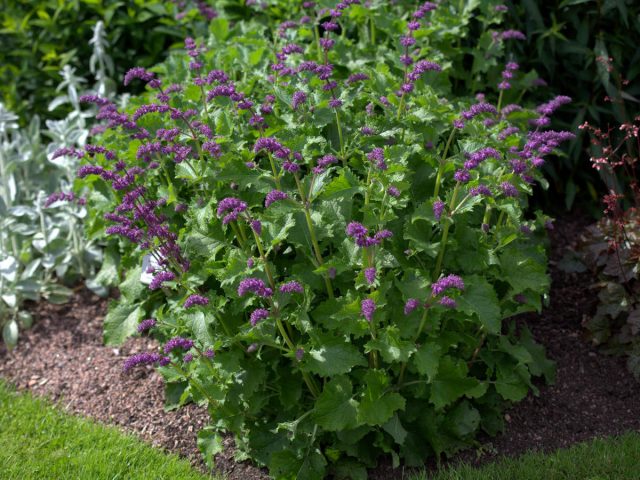
Growing Salvia verticillata
Sage tolerates various soil conditions well. It tolerates drought, but wet or poorly drained soils can lead to the death of the plant. And flooding of the root system during winter thaws is especially dangerous for it. It shows itself best in poor and moderately fertile soils, while on too rich soils the stems of the plants can lodge.
Sage requires a lot of sunlight to bloom abundantly, although it also feels good when grown in partial shade, although the flowering in this case will not be as abundant, and the bushes will grow more leggy. Despite its high drought resistance, young plants need to be watered moderately. Adult plants also need watering during long periods of drought.
To prolong flowering, it is necessary to remove faded flowers in a timely manner. After the end of the first wave of flowering, it is recommended to trim the basal foliage to tidy up the plantings, giving them a neater appearance and stimulating re-flowering in the fall.
In spring, a 5-7 cm layer of well-rotted garden compost or manure is spread around the bushes. This plant does not require special care, and last year’s stems are best cut off in early spring before it resumes active growth in the new season.
Sage can be fed monthly with liquid complex fertilizer so that they show themselves in all their glory and bloom continuously. But if you choose the right place for planting, they will bloom well without additional feeding.
There are usually no serious insect or disease problems when growing whorled sage. However, under adverse weather conditions, plants can be susceptible to leaf spot, powdery mildew, and rust. Whiteflies and aphids can also occasionally attack sage.
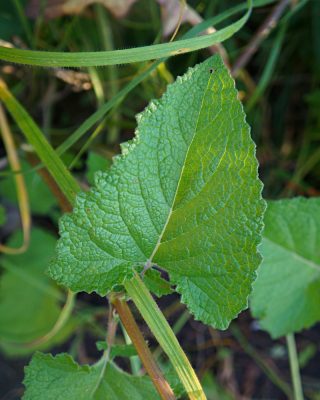
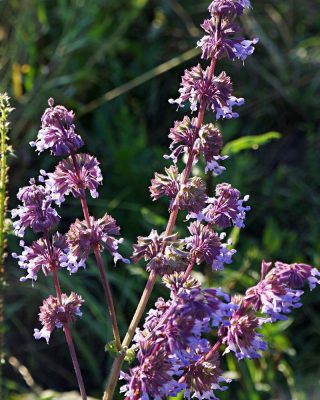
Salvia verticillata in landscape design
The main area of use of whorled sage: mixed borders, rock gardens, cottage gardens or natural gardens. Sage combines well with various summer-flowering perennials, such as yarrow, catnip, bush sedum, rudbeckia, coreopsis, echinacea, and many cereals.
In addition, sage goes well with roses and can be planted in rose gardens. The flowers of this plant have deep, rich colors that will enliven the garden and create harmonious combinations with flowers of purple, white and yellow shades. For the best visual perception, it is recommended to plant sage in groups of at least three plants.
Salvia verticillata can also be grown in containers, but they will need to be moved to a frost-free place in the winter, such as a basement or garage. Because of its vertical growth, sage works well as an accent plant in a container arrangement, so plant it roughly in the center of the pot, surrounded by smaller plants (bush petunias, violas) and those that can hang over the edges (sweet morning glory, plectrum). Note that when growing plants in outdoor containers and baskets, they may require more frequent watering than when planted in the garden.
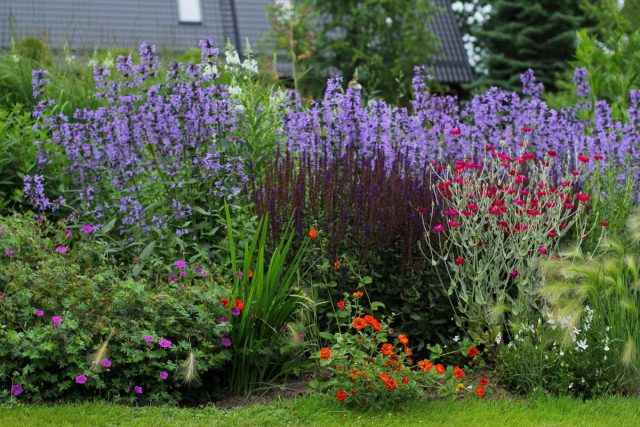
Useful properties of whorled sage
An ancient Arabic proverb says: “How can a man die with sage in his garden?” The most famous medicinal plant is sage, but whorled sage also finds its use as a medicinal plant. In particular, this sage has a strong antioxidant effect, that is, it slows down the aging of the body and prevents the development of many diseases. There are also studies in the West that whorled sage is useful for diabetes, as it regulates blood sugar levels.
Sage leaves can be used as a seasoning, having a cooling taste. In the Caucasus and Central Asia, it is used as a spice for meat dishes, cheese and salads. The leaves are also used to make essential oil with a strong, pungent smell.
Growing Salvia verticillata from seeds
Sage can be sown from February to June. The best time to start sowing seedlings indoors is 8-10 weeks before the expected last frost. Seed germination can be slow if you do not maintain a high enough temperature – ideally 18-24 degrees. The seeds are buried in the substrate, but not covered with soil or anything, as they need light to germinate.
For best results, seedlings should be transplanted into separate containers as they grow. Young plants are planted in a permanent location at the end of May or beginning of June. Before planting, seedlings should be gradually acclimatized to open ground conditions, i.e. hardened in the open air for 10-15 days before planting.
The distance between plants in the flower bed should be from 20 to 30 centimeters. When the bushes reach 15 cm in height, it is recommended to pinch off the top to stimulate the growth of lateral shoots. Young plants are regularly watered and fertilized. Flowering can occur already in the first year.

